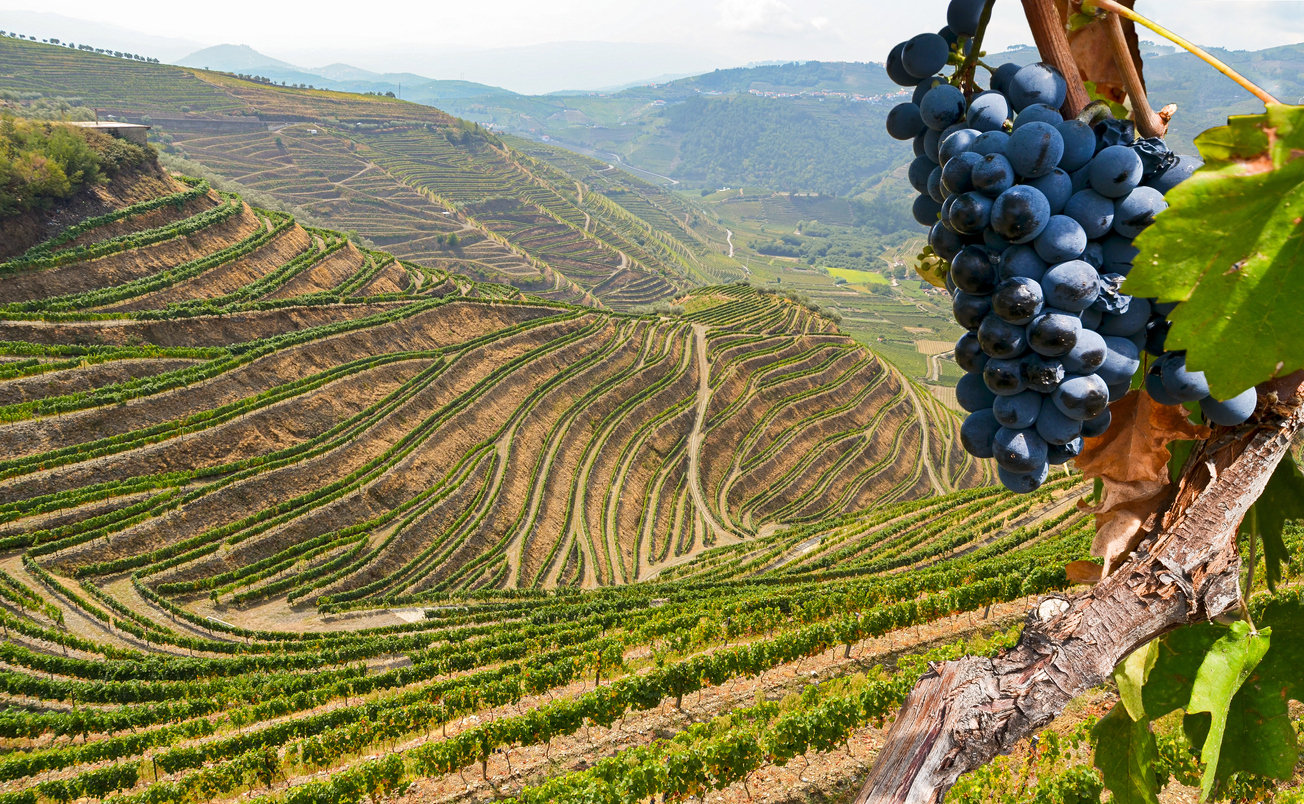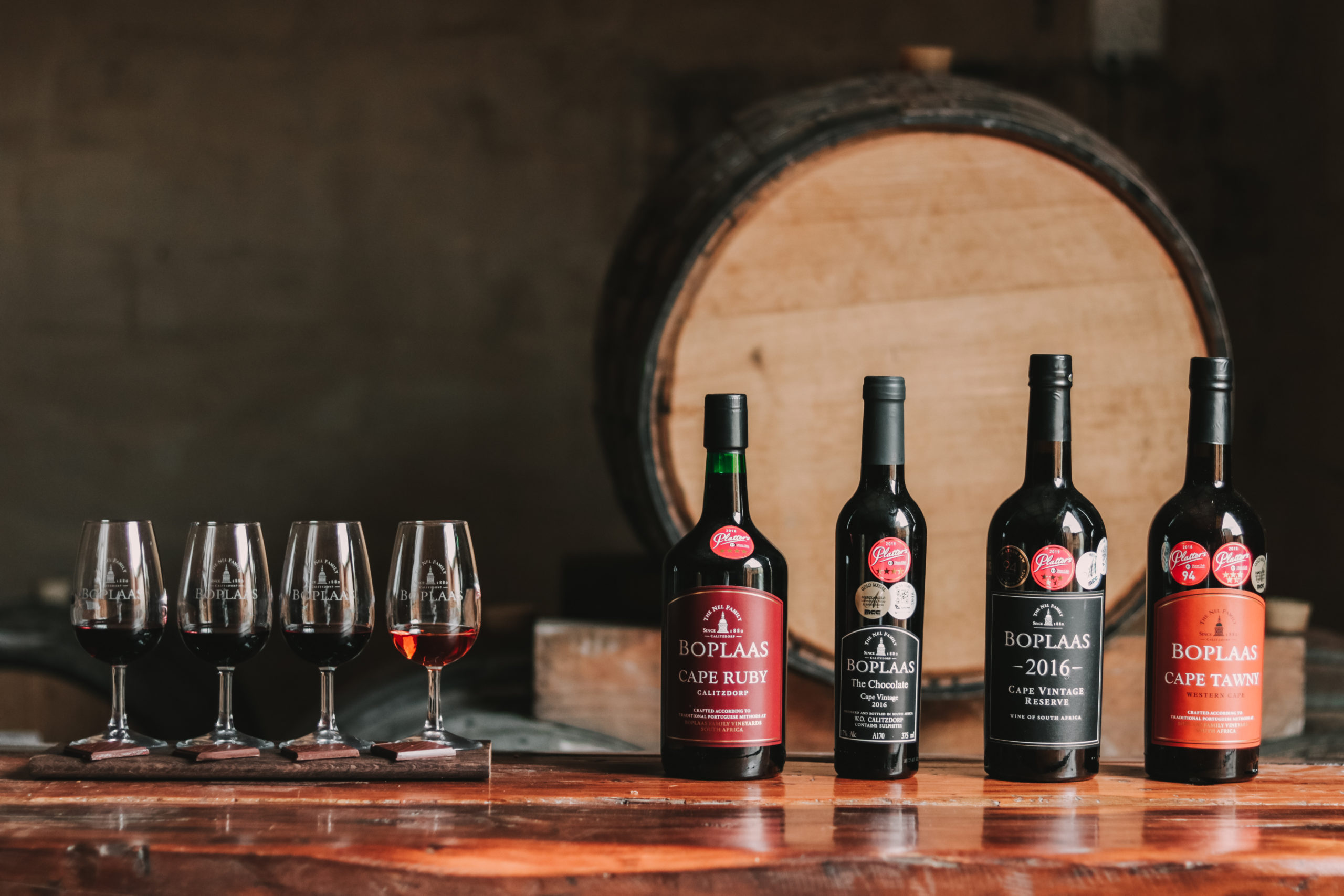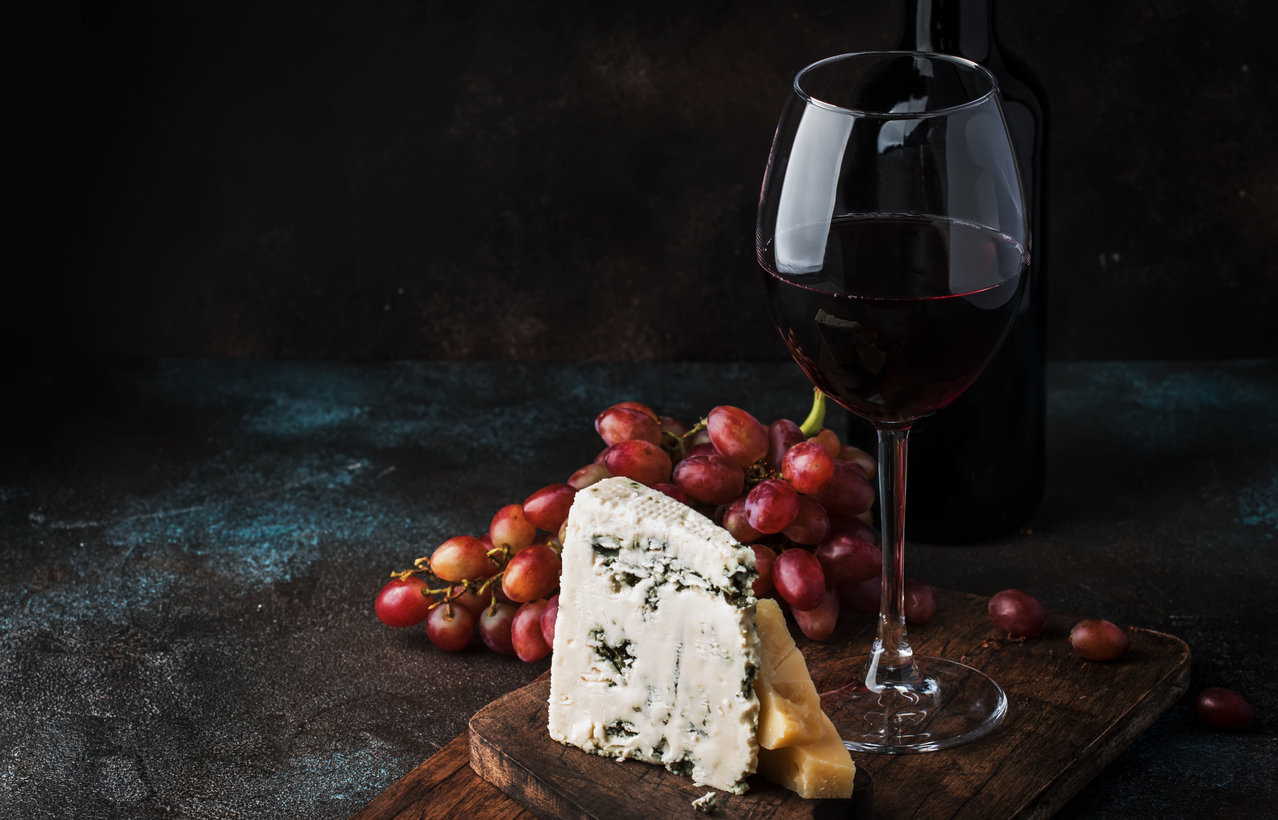CHEERS | WINE

Fiery and fortified
It’s the one style of wine strongly associated with winter – as if that’s the only time of year it should be consumed. Nothing could be further from the truth: Port is for all seasons.


Up in the Douro valley in Portugal’s far north it gets really hot in summer. Searingly, blisteringly hot. The mercury regularly tops out over 40-degrees. The land is stony, made up of steep slopes of schist, a kind of volcanic rock. It’s not unknown for wine farmers to take hammers and chisels or even explosive to make holes to plant vines. Rainfall is sparse, around 300mm annually but way down in the valley is a watery artery; the Douro river which sinuously snakes its way towards the coast, to the town of Porto, the traditional gateway to market.
It’s from this rugged– but incredibly beautiful area that Port comes. There are a few things to understand about Port. Firstly, it is like Champagne, in that it is from a designated appellation and its geographic origin is protected by European Union law so no other product can be called Port unless it comes from the Douro region of Portugal. (An interesting point to note is that it’s the third oldest protected wine region after Chianti in Italy in 1716 and Tokay in 1730. Protection was granted in 1756.) It’s why South Africa calls its examples of this style of wine Cape Ruby, Cape Vintage, Cape Tawny and so forth.

And there are a range of styles of Port too. So what is Port? It is a fortified wine – which simply means that it has been fortified with brandy or a neutral spirit. Basically what happens is that the grapes are picked nice and sweetly ripe, much like for any other wine. Then they are crushed to extract the juice and the fermentation begins. Fermentation is where the grape sugars are converted to alcohol – and it’s at this point that Port making differs from other wines. When a cabernet or chardonnay would ferment until almost dry, meaning no more sugar remains in the wine, with Port that process is stopped much earlier. And it’s stopped by means of the addition of this grape spirit or brandy. The reason for doing so is to retain that sweet, raisin and plum flavour. The wine then goes into large oak vats, sometimes for years – and this is what differentiates the styles.
Broadly speaking, the categories of Port are Ruby, Vintage, Tawny and Late Bottled Vintage. The Platter Guide has a really simple but effective description of the various styles in South Africa: Cape Ruby: full-bodied, fruity, minimum 50% barrel/tank-aged for 6 – 36 months, can be vintage dated; Cape Vintage: fruit of one harvest, dark, full-bodied; tank/cask-aged for a minimum of one year, must be certified, sold in glass, vintage dated; Cape Vintage Reserve: as for vintage, but ‘superior quality’; Cape Late Bottled Vintage (LBV): fruit of a single year, full-bodied, slightly tawny colour, barrel/bottle aged for a minimum of three years (of which a minimum of two years should be in oak); Cape Tawny: minimum 80% wood matured, amber-orange (tawny) in colour, smooth, slightly nutty taste; Cape Dated Tawny: single-vintage tawny.
Also separating Port from other wine styles are the grapes that it’s made from. There are more than 100 which are sanctioned for use but essentially five which are the most widely cultivated: Tinta Barroca, Tinta Roriz (also known as Tempranillo), Tinta Cão, Touriga Francesa and Touriga Nacional.

In the Douro, the crushing of the grapes was traditionally done by foot, with pickers rolling up their trousers or skirts and doing a slow rhythmical march, arm in arm, accompanied by singing. The concrete tanks they did the crushing in are called Lagares and they are much shallower than the open- top concrete 'kuipe' which are still in use in South African wineries.
But it’s impossible to slow the inevitable march of progress and now much of the treading is mechanised. It’s also become increasingly difficult for Port producers to find labourers prepared to toil up the steep – up to 45-degree slopes in some places! – rocky hillsides to pick the grapes. Added to that is the fact that sales of Port in their traditional market, the United Kingdom, continue to decline.
The British love of Port began in the 1700s when the war with France curtailed shipments of that country’s wine. Portugal’s fortified wine travelled well because of the addition of brandy which meant it didn’t spoil – and it was richly sweet and also slightly more alcoholic. That’s one of the reasons so many well-known international Port producers have British names – Graham’s, Warre’s, Sandeman, Croft, Cockburn, Osborne and Taylor, to mention a few well-known examples.
Port is associated with gentlemen’s clubs, the navy and the tradition of passing the Port decanter from the left. The richly strong blue-veined cheese Stilton is often enjoyed with a small glass of Port at the end of a meal, with the cheese’s salty tang a perfect foil for the rich, nutty, raisin flavour of the wine.